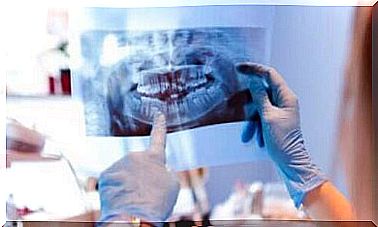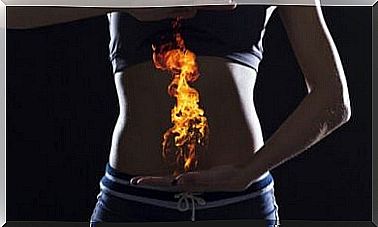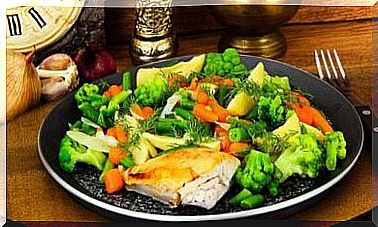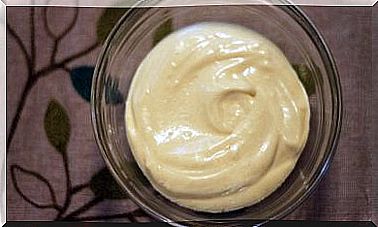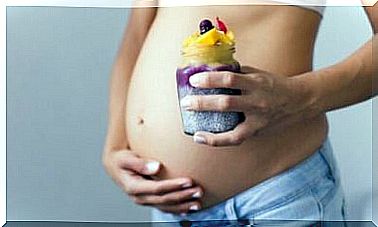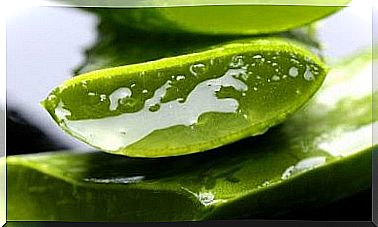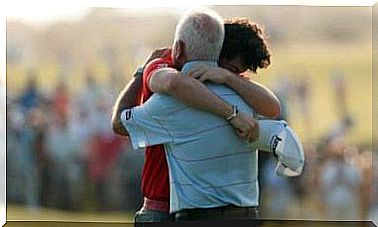Diet For Hypotension
Salt can increase blood pressure, but it should be used sparingly in order not to have adverse effects.
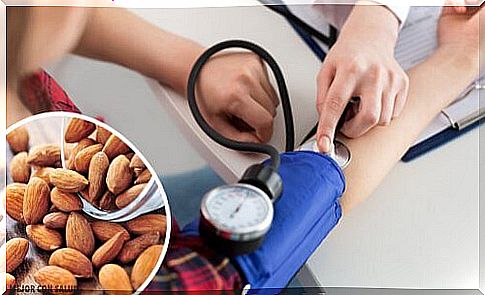
Proper nutrition in hypotension is fundamental, because even if blood pressure that is too low is not a disease, but is good for the heart and circulation, various complaints can occur.
We therefore recommend various foods that can be very helpful in raising blood pressure.
What is hypertension and what causes can lead to it?
If the blood pressure is below a certain measured value, it is called hypotension, the exact values depending on age and gender.
In women one speaks of hypotension when the blood pressure values are below 100 to 60 mmHg, in men when the blood pressure is below 110 to 60 mmHg.
In adults, low blood pressure is synonymous with healthy blood vessels and a healthy heart, but in the elderly it could be a sign of a vital organ disorder.
If blood pressure is too low, it means that too little blood is getting to the organs, so excessive exertion is required, which can lead to palpitations.
Hypotension can be caused by several factors:
- Consumption of anxiolytics, antidepressants, or narcotic pain relievers
- Heart attack, arrhythmias, heart failure
- diabetes
- Lack of water or eating disorders
- Use of diuretics or medicines for the heart
As a result, symptoms such as weakness and dizziness usually occur . Affected people are often pale, impaired consciousness or fainting can occur.
Furthermore, pulsating headaches often occur and it can lead to tiredness, listlessness, ringing in the ears, cold hands and feet or visual disturbances (turning black).
Lifestyle habits and hypotension
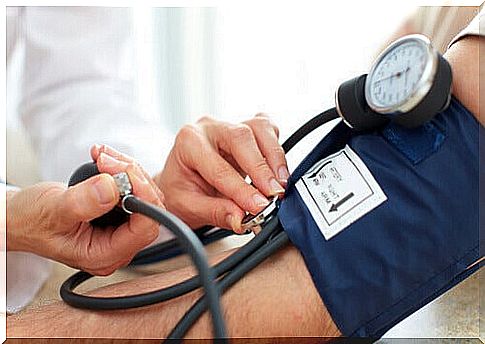
High blood pressure is a very common issue because the consequences can be serious. On the other hand, one speaks of low blood pressure values less often because, as already mentioned, it is not a disease.
However, diet for hypotension is important because it can be used to regulate blood pressure when it is too low.
- Many people eat a salty cookie when their blood pressure drops. This can be a good solution for this moment, but in general you should be careful with salt even if you have low blood pressure, otherwise high blood pressure values could soon occur.
- At breakfast it is advisable to eat something salty (for example a slice of wholemeal bread with butter). Avoid long periods without eating.
- Instead of only having 3 to 4 meals, it is better to eat 6 smaller servings throughout the day: breakfast, morning snack, lunch, afternoon snack, a small portion in the late afternoon and finally dinner. This can prevent the stomach from being empty for a long period of time and blood pressure from falling further.
It is better to avoid sugared drinks and coffee, as these only bring short-term results, but after that the blood pressure can drop further.
Alcohol is also not recommended because it reduces cardiac output and affects the health of the veins.
Diet for hypotension
The following foods can help you with short-term low blood pressure or constant hypotension.
However, we recommend that you seek advice from your doctor to find out what is causing the problem.
1. Diet for hypotension: beetroot juice
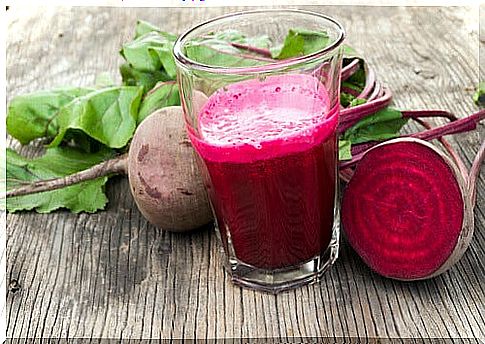
Beetroot juice contains natural sugars and is excellent for regulating blood pressure. You can drink this in the morning on an empty stomach and in the evening after you come home.
ingredients
- 2 beetroot
- ½ cup of water (125 ml)
preparation
- Peel the beetroot and cut into pieces.
- Process together with the water in the blender until you have a homogeneous mixed drink.
- Drink this immediately after making it. You can add a few ice cubes or a mint leaf if you like.
2. Diet for hypotension: raisins
Raisins are great for regulating blood pressure as they improve adrenal function.
You can eat a small handful of raisins when the first symptoms of low blood pressure show up.
3. Diet in hypotension: water

In some cases, lack of water can lead to low blood pressure, so it is important to drink 2 liters of water a day.
If you have symptoms because your blood pressure has dropped, we also recommend electrolyte drinks (which athletes consume very often), as these contain many minerals such as magnesium, sodium and potassium.
4. Diet for hypotension: almonds
Almonds act in a similar way to raisins. You can eat them raw or use them to make (or buy) almond milk. Here is a simple recipe: Simply prepare almond milk at home
We recommend this recipe with cow’s milk, which can also achieve excellent results:
Ingredients
- 5 almonds
- 1 cup of water (250 ml)
- 1 cup of milk (250 ml)
preparation
- Soak the almonds in water overnight.
- The next day, drain the water and remove the skin.
- Crush with a mortar and mix with the hot milk.
- Drink this drink several times a week.
5. Diet for hypotension: pulses and cereals

Foods high in the B group vitamins can also be beneficial for low blood pressure levels. These include legumes (lentils, chickpeas, beans …) and cereals (whole grain rice, oats, millet, rye …).
A vitamin B deficiency can lead to low blood pressure.
6. Diet for hypotension: carrot juice
A glass of carrot juice a day provides important vitamins and minerals and at the same time helps regulate blood pressure. It’s best to drink the juice on an empty stomach.
ingredients
- 2 carrots
- 2 tablespoons of honey (50 g)
- ½ cup of water (125 ml)
preparation
- Peel and grate the carrots.
- Then process finely with the water and honey in a blender.
- Drink immediately after preparation. You can add a few ice cubes if you wish.
